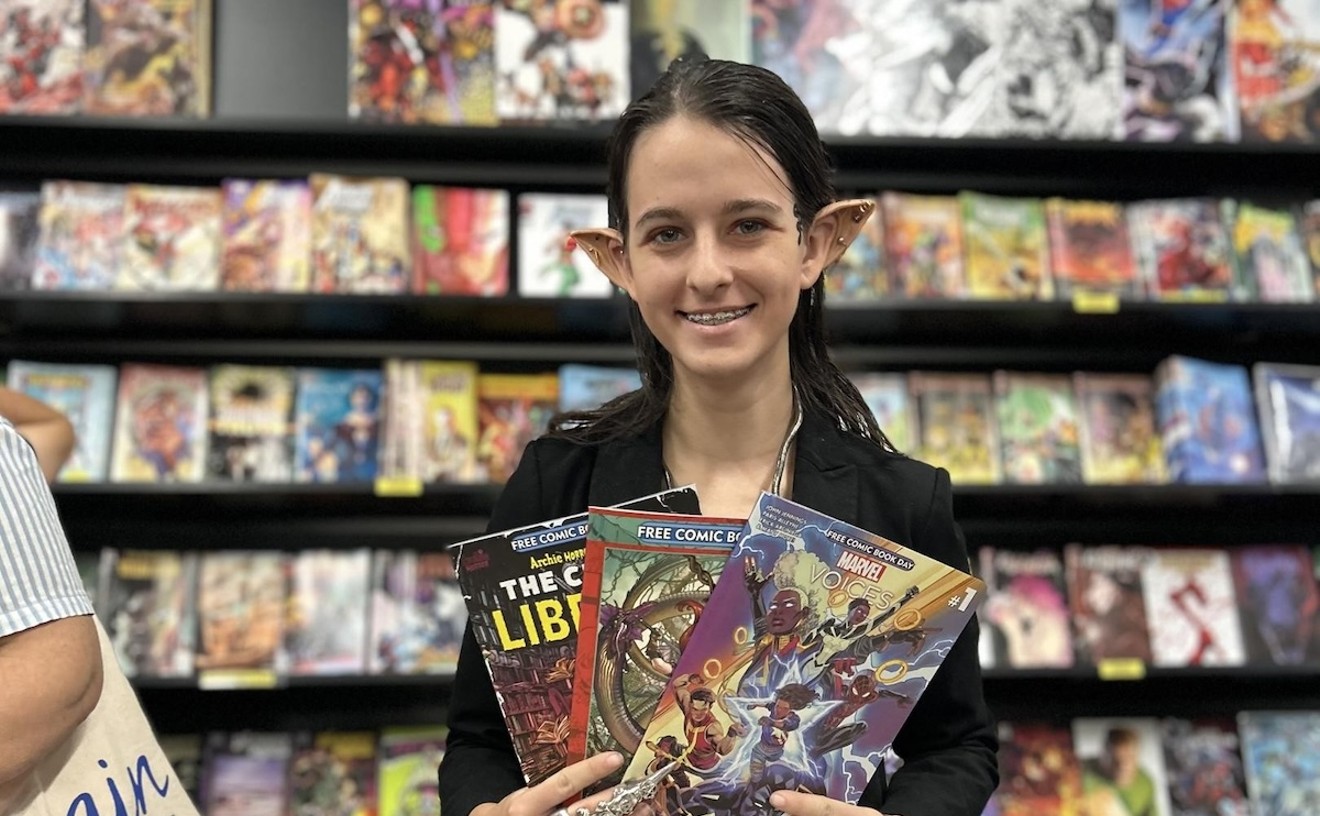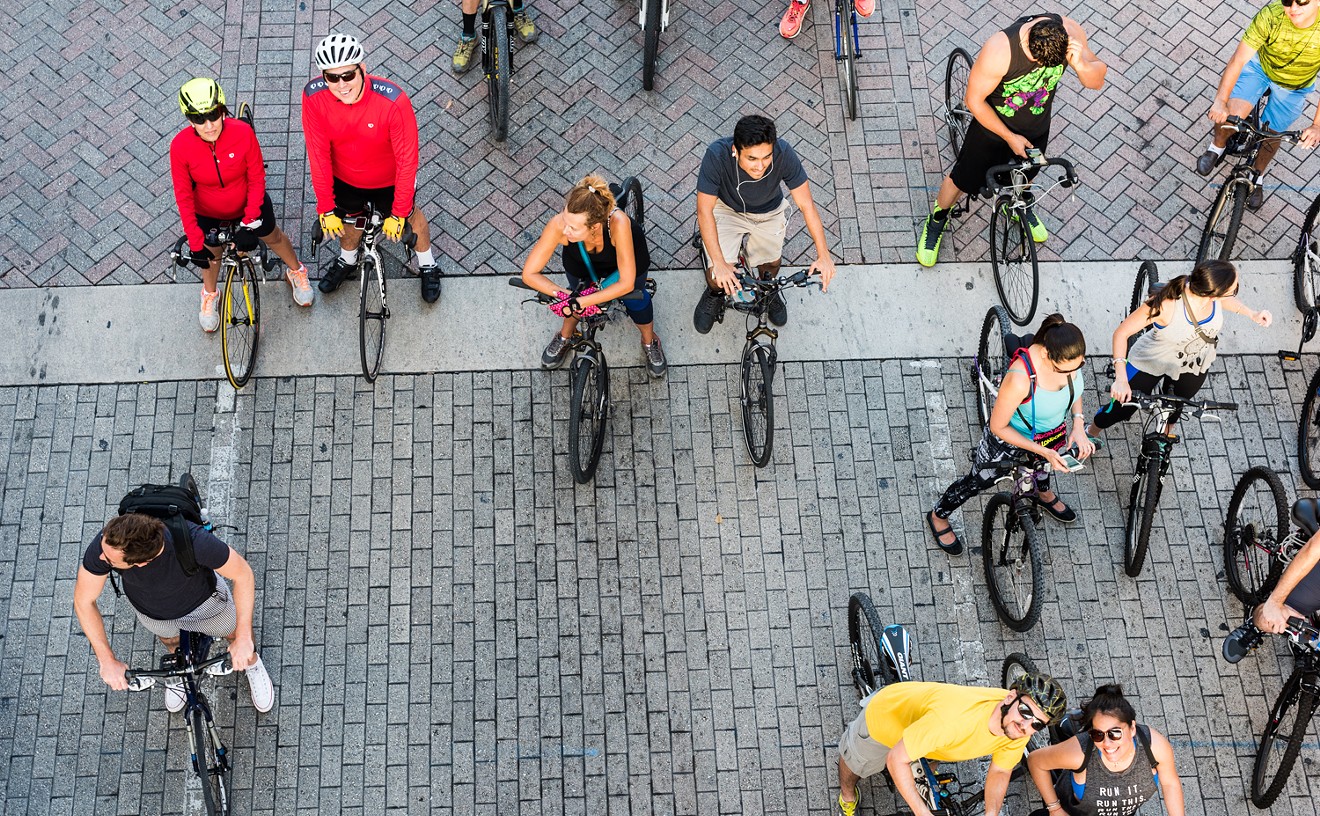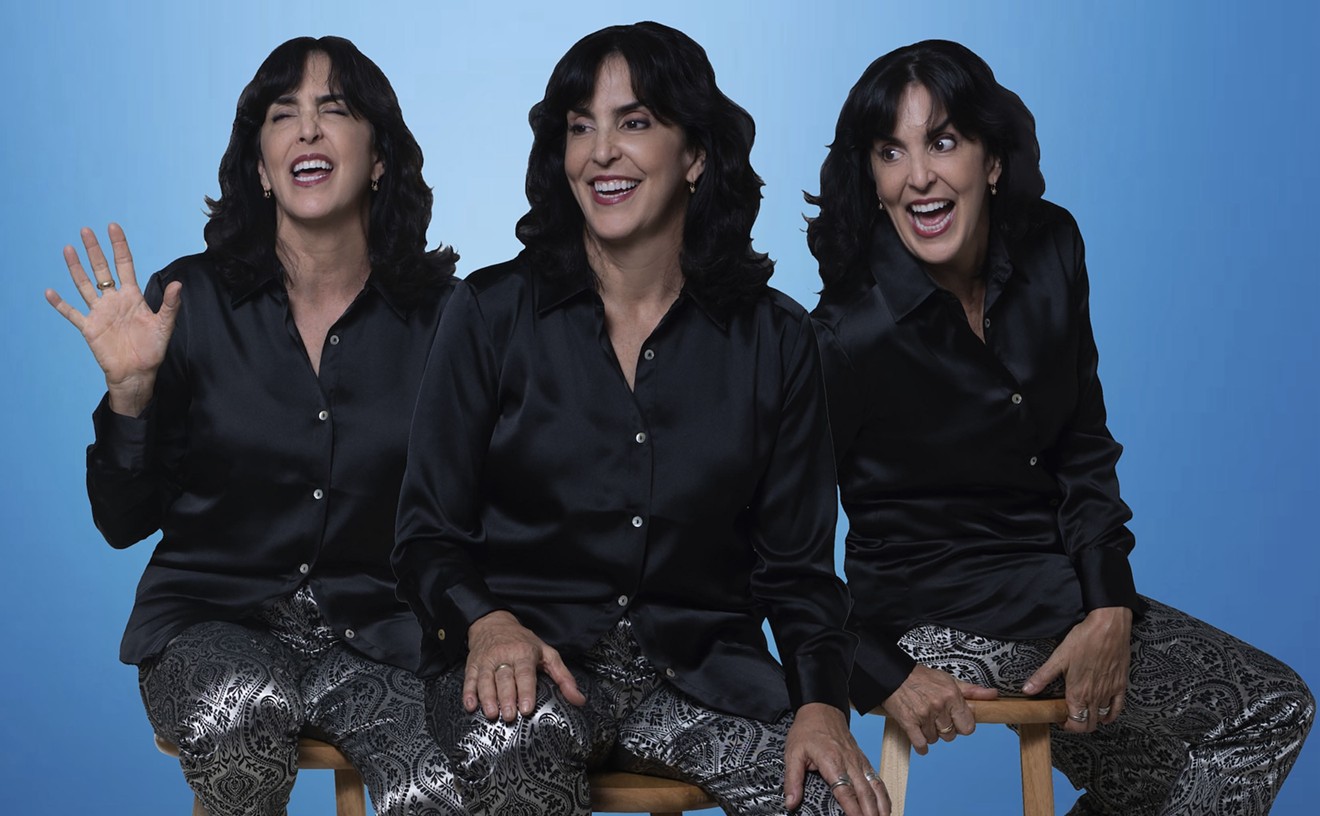In an essay in Hurricane, meteorologist Bryan Norcross writes, “By Wednesday, August 26, the situation in South Dade was worse than I ever imagined it could be… It was complete anarchy as perhaps a hundred thousand people were left with no power, no water, no food, and no security... We wondered if South Dade could be saved. The looting, desperation, and savagery were impossible to comprehend. It was worse each day.”
A Miami native, Fellman describes his experience of revisiting the documentation of Hurricane Andrew and being flooded with emotional memories. “When I looked at [the photos] after taking them out of the box after 20 years, it reminded me what I felt at the time. Those feelings are very visceral. During an emotional event, feelings get etched that are part of the memory for longer term,” he says. “I immediately remembered standing on an airfield and looking and thinking that this is just totally unreal... This is an unreal time, place, event, situation. [It was as] if I was on a movie set and this was totally fabricated, but there was no movie camera.”
As an artist, Fellman reframed the destruction and devastation that hung thick in the air that August. “Disaster is thrust on you, but maybe you can turn it around... maybe I can reframe my viewpoint. I’ve been given this; can this be a gift in some way? As an artist, the experience hit me on the head,” he says. Recalling the memory of standing in the airfield, Fellman describes seeing the twisted planes as sculptural objects, metal assemblages that were created by a powerful force. “It was another way of approaching the whole nonreal place and state of mind I was in. [I wanted to] give order to this chaotic mass of stuff. Organizing complexity is something that the human mind does to find pattern and organization,” he says.
The consequences of climate change threaten South Florida now more than ever, especially with some members of the local and national governments refusing to address or acknowledge the reality and urgency of the global environmental situation. The longer the issue is ignored, the higher the risk of amplified and more frequent natural disasters that could be as destructive as Hurricane Andrew or even more devastating.
“A lot of us are very involved to try to get the message out that climate change is not a scientific question; it’s a scientific fact," Fellman says. "There are some people that say the science doesn’t point to climate change. That’s just not true. The science confirms that humans have had a significant and major impact on climate change and that climate change is real, independent of human contribution to it.”
In addition to documenting the history of natural disasters such as Hurricane Andrew, Fellman actively pursues work that raises awareness about environmental issues. Fellman is exhibiting “Mangrove Coast,” a collection of photographs of marine life around South Florida’s mangroves at the visitors’ center at Biscayne National Park. “It’s a body of photographs that talk about resiliency and rejuvenation of the natural system, specifically of areas here in South Florida. I continue to make images that address this concept.”
Fellman also combats climate change through educational outreach to youth in a summer photography program at the Biscayne Nature Center, run through his nonprofit arts organization, the Center for Visual Communication. “We can have a big impact on how climate change is dealt with by educating our kids,” he says. The program is now in its fourth year.
On the 25th anniversary of Hurricane Andrew, Fellman hopes to give a voice and a vision to the South Floridians who lived through the natural disaster with the release of his softcover book this Thursday, August 24, which will be available for $30 online and through order at Books & Books. The hardcover version, which will be launched at an author and publisher talk at Books & Books Coral Gables September 13 at 8 p.m., features a cover made of metal and pierced with bolts and rivets, reflecting the subject matter. Books & Books in Coral Gables will host an exhibition of Fellman’s Hurricane Andrew photos in September. Fellman is also in talks with the Miami Book Fair to present the book during the festival this November.
“For those of us who were in the community that lived through the storm, we all have very vivid memories and really interesting stories," he says. "We haven’t really thought about it much, and many haven’t spoken about it,” he says. “I [thought] this would be kind of a good, provoking idea to really have some graphic, very powerful images to remind people that... this was a powerful event, a once-in-a-lifetime event. It’s always good to talk about stories that you feel and see vividly in your mind."














